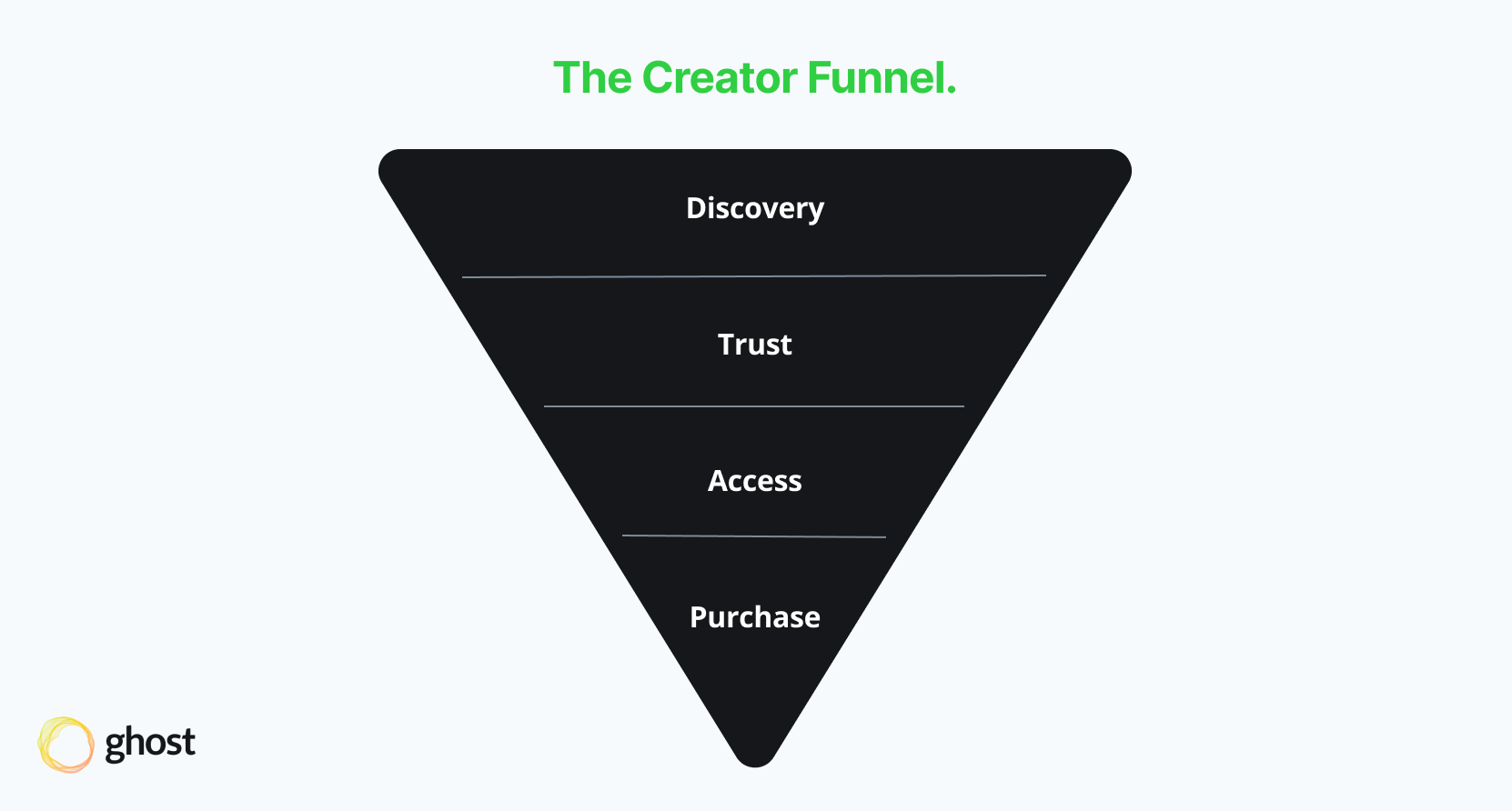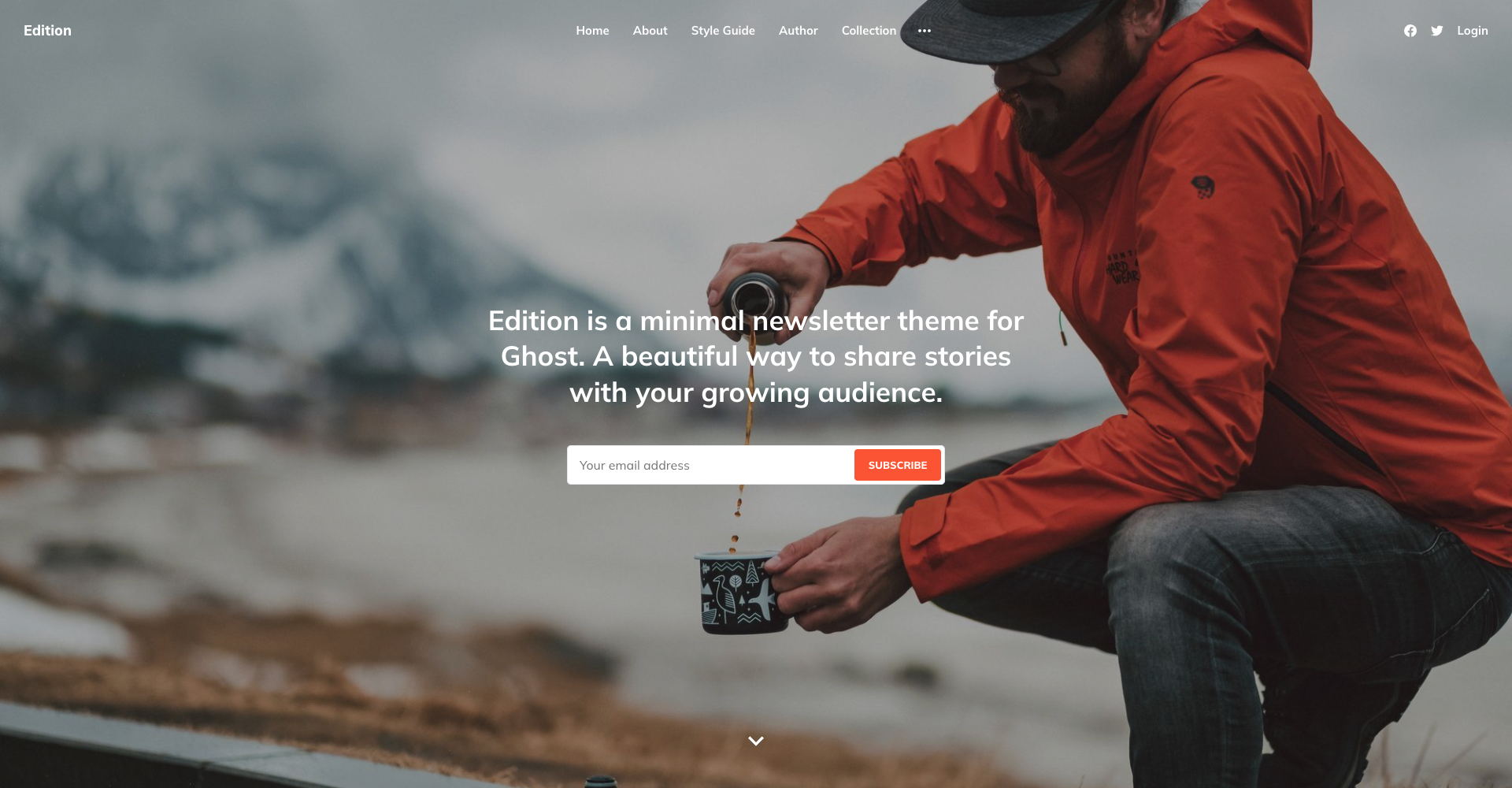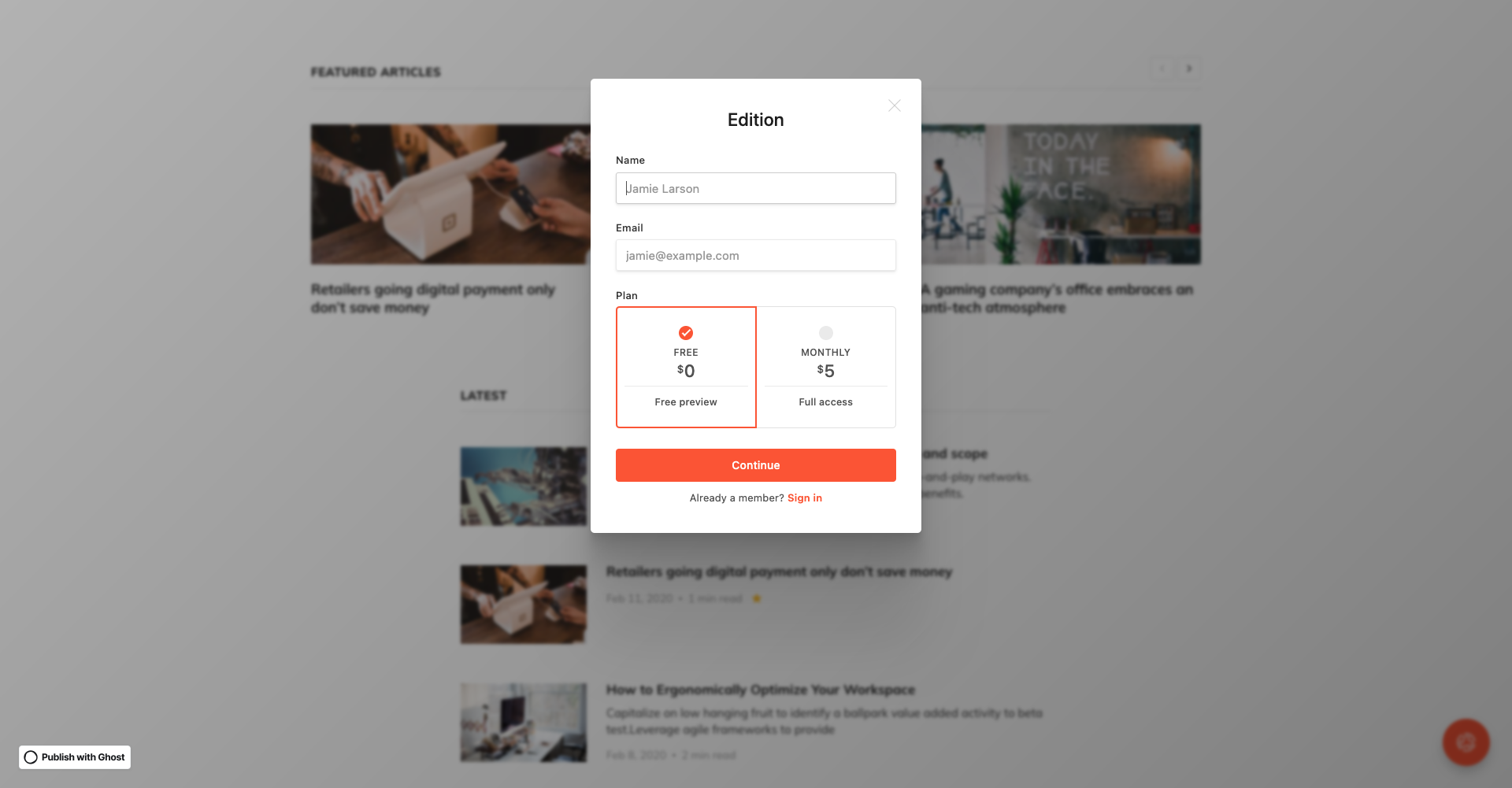How to turn your amateur blogging into a real business
If you want to go pro, watch out for these 12 mistakes.
Every creator starts at zero. Even the most influential online creators didn't know much when they started. They had to learn along the way, building their audience and business one action at a time.
So, what separates the highly successful from the ones who can’t seem to gain traction with their work? The answer is how quickly they move through the amateur stage onto becoming a professional. The fastest way to do that is by learning from other people’s mistakes.
In this article, you’ll learn what the most common amateur blogging mistakes are, how to avoid them, and how to fix the ones you may have already stumbled into.
Mistake #1: Writing about too many topics
Amateur bloggers typically start creating content without an overarching goal, theme, or niche in place. And although some exploration is encouraged, it should still take place within constraints.
For example, if you write articles about travel, food, productivity, and software — not only will you confuse the search engines who need to categorize your website, but also the readers who consume your content.
A better strategy to find your niche is to choose 2-3 topics you’re experienced at or interested in, discover where they overlap, and create content around that. A narrower scope will push you to be more creative.
Mistake #2: Trying to be on every social media channel
One of the biggest myths amateur creators fall for is that they need to be everywhere in order to grow: Twitter, Facebook, YouTube, Instagram, TikTok, etc.
In reality, spreading yourself too thin will slow you down. Professional creators understand that going deep on a single social platform, and using that as a funnel for the blog, is a much more effective strategy.

By focusing, you’ll master one traffic source, create higher quality content, and free up your mental energies to invest in the types of content that get noticed.
Mistake #3: Monetizing too soon
Every successful online creator follows a similar pattern: create content online for free, attract an audience, listen to what they’re asking for, offer a (paid) solution. This solution can take many forms: premium member-only content, 1:1 consulting, merchandise, etc.
Why should you follow this order? Because money is an incentive. How your business makes money drives its priorities.
Blogs and websites that rely solely on ads or affiliates will always be at the mercy of algorithms and clickbait.
Conversely, people who create audience-focused products and services are incentivized to produce high-quality content, be good listeners, and play the long game. A little patience reaps big rewards.
Mistake #4: Not looking for examples to follow
You don't want to look like your heroes, you want to see like your heroes. ― Austin Kleon
At one point or another, every single amateur blogger thinks the following: if I want to stand out online, I need to be completely different from everyone else. But this isn't true. Most often, different is a distraction. Whether you're starting a newsletter, YouTube channel, blog, or any other medium, your first task should be to find what works and model it.
In psychology, this is called the familiarity heuristic. People prefer things that remind them of ones they already know.
It’s like a chef using wild ingredients to make a burger. The individual parts are unique (e.g., your perspective, topic, voice), but the final result is recognizable. Ultimately, it's about balance — find what works and make it your own.
Mistake #5: Ignoring design
Good design builds trust, makes it easier for readers to find what they’re looking for, and communicates to your audience that quality is important to you.
As a new content creator, you're going to spend a lot of time perfecting your content so that it provides visitors with what they're looking for. So then, it only makes sense the wrapping should be high quality too. Use a premium blog theme, choose fonts and color palettes that align with your brand, and avoid cluttering the reader experience with too many elements or intrusions (e.g., popups).

Mistake #6: Waiting to capture emails
An email list provides a direct connection to your fans. It’s the only digital channel that doesn’t rely on algorithms, paid ads, or virality to get your message across. That’s why, even with dozens of platforms available to creators, email is still the best foundation to build an online business.
Before you hit publish on your first post, make sure you have an email capture tool in place. Ghost comes with a fully built-in email tool, allowing you to capture emails right from the start without using complicated or expensive add-ons.


Mistake #7: Relying on free tools
When blogging started to gain popularity, free tools were a great solution because building and maintaining a website required much more technical know-how and money than the average person could spare.
However, those free platforms limited what individuals could do. Then, when creators tried to leave, they realized all the work they'd invested had gone towards building someone else's business — not their own.
The best option is to choose a blogging platform that gives you complete control of your content and audience, and can grow with you along the way. Spending a few dollars early on in your journey will save you thousands down the road.
Mistake #8: Publishing on an inconsistent schedule
Truth be told, you're probably not starting a blog because you have hours of free time each day. Most creators already have a full, if not overflowing, list of responsibilities.
To be effective, you must be intentional. How much time can you realistically dedicate each week? What activities can you complete in batches to save time? Who can you ask for help?
Inconsistency doesn’t mean you’re a bad creator. It just means you need better systems in place. Remember, consistently meeting a small goal is better than continually missing a big one.
Mistake #9: Not learning SEO basics
Search engine optimization is the bread and butter of blog growth. It’s sustainable, reliable, and free (apart from the time invested).
The best part is that you don’t need to become an SEO expert to see results. Just getting a few of the basics right is all you need to start seeing positive results, such as:
- What it means to satisfy search intent.
- How keywords work and should be included in your post.
- Which factors are important to Google, and which are just vanity metrics.
For a solid overview of SEO fundamentals, we recommend watching this video:
Mistake #10: Rushing to get results
This idea has been touched on in a few of the mistakes mentioned above, but it’s worth highlighting. As a creator, you’ll be faced with the quantity versus quality debate often. Should you create as much content as quickly as possible? Or should you only publish the best items possible?
Anyone who tells you the answer isn’t complicated is misinformed.
There needs to be a balance, but that balance depends on your topic, audience, and style. This is another reason why it's important to model what the most successful voices in your niche are doing. Are they publishing monthly, highly-produced pieces; or daily works with keen insights but in shorter form?
Rushing is more of a feeling than a hard numerical assessment. You’ll know when you’re moving too fast to give your audience what it deserves. If you’re building something meant to last, it’s okay if it takes a little while to get there.
Mistake #11: Never repurposing posts
A great blog post, newsletter article, or video takes a lot of work to produce. But once most creators hit publish, they immediately move on to the next one. Here's why that's a waste.
Each piece of content you produce carries with it a variety of repurposing opportunities. For example, one blog post can be repurposed into a slide deck, podcast episode, or video. Elements of the post could be pulled out and shared as quotes on Twitter or answers on Quora. The entire article could even be syndicated onto other relevant sites.
Although you shouldn’t spread yourself thin trying to take advantage of every option, your content should become part of a self-sustaining flywheel where every post published moves your business forward in multiple ways with little to no additional work.
Mistake #12: Waiting to begin
The sure sign of an amateur is they have a million plans and they all start tomorrow. ― Steven Pressfield
Finally, the only way to ever graduate from amateur blogging to professional content creator is to start before you’re ready.
There will always be more to learn or reasons why waiting makes sense. Don’t let those hold you back. Of all the mistakes listed in this article, this is the only one that can’t be fixed.
Start today; your future self will thank you.






